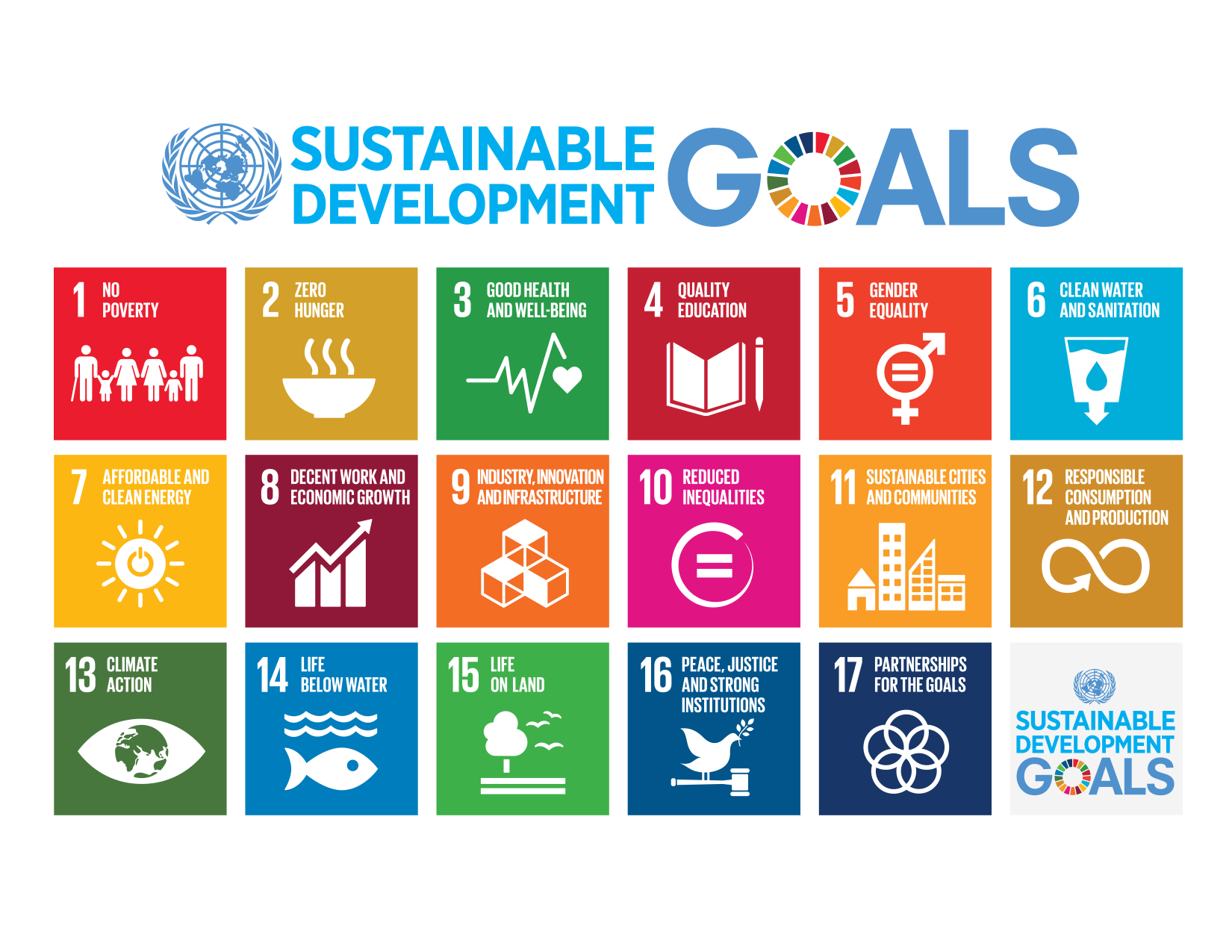On 25 September 2015, countries adopted 17 sustainable development goals to end poverty, protect the planet and ensure prosperity for all in a historic UN summit. The goals are followed by an extensive list comprising of 169 targets to ensure the three core elements of sustainable development, i.e. economic growth, social inclusion and environmental protection, are harmonised. These goals are not legally binding on the UN member states, but countries are expected to establish national frameworks for reaching and following up on the goals.
The 17 goals are no poverty, zero hunger, good health and well-being, quality education, gender equality, clean water and sanitation, affordable and clean energy, decent work and economic growth, industry/innovation/infrastructure, reduced inequalities, sustainable cities and communities, responsible consumption and production, climate action, life below water, life on land, peace/justice and strong institutions, partnerships for the goals. The goals can be found on United Nations’ website.
It is easy to see that only through innovation, technology and collaboration these goals will be met.
Disruptive innovation, creating new markets and values will be necessary. As an example of disruptive innovation, the mass-production of automobiles is often mentioned. Although the first expensive automobiles were a revolutionary invention with regards to the horse drawn carriages, they did not disrupt the market for the carriages as the mass-produced cars did. Today solar power could beat coal and become the cheapest power on earth. The collapse of the coal industry is foreseen within the next decades. With the emerging new materials, such as tailored nanomaterials, some of these goals will certainly be reachable within a not too distant future. Examples of applications of these materials are the generation III solar cells, which theoretically may have an 80 % efficiency utilisation. Nanomaterials may also be used to treat or relieve diseases such as cancer and provide new biodegradable packaging materials.
The government, the civil society, the private sector, and really all of us, will have to come together and there is certainly no longer room for silos; innovation will only emerge from a horizontal problem solving approach and from using the power of diversity.
It is therefore not only a responsibility and task for government leaders to find ways of reaching the SDGs. Management teams and board of directors must put the development and enforcement of efficient and creative innovation management strategies at the top of their agendas.
Through sustainable growth, innovative companies will not only save the world, but make it a better and safer place to live!
The United Nations also provide some simple tips on how we, as private persons, can take action in “the lazy persons’ guide to saving the world.”





